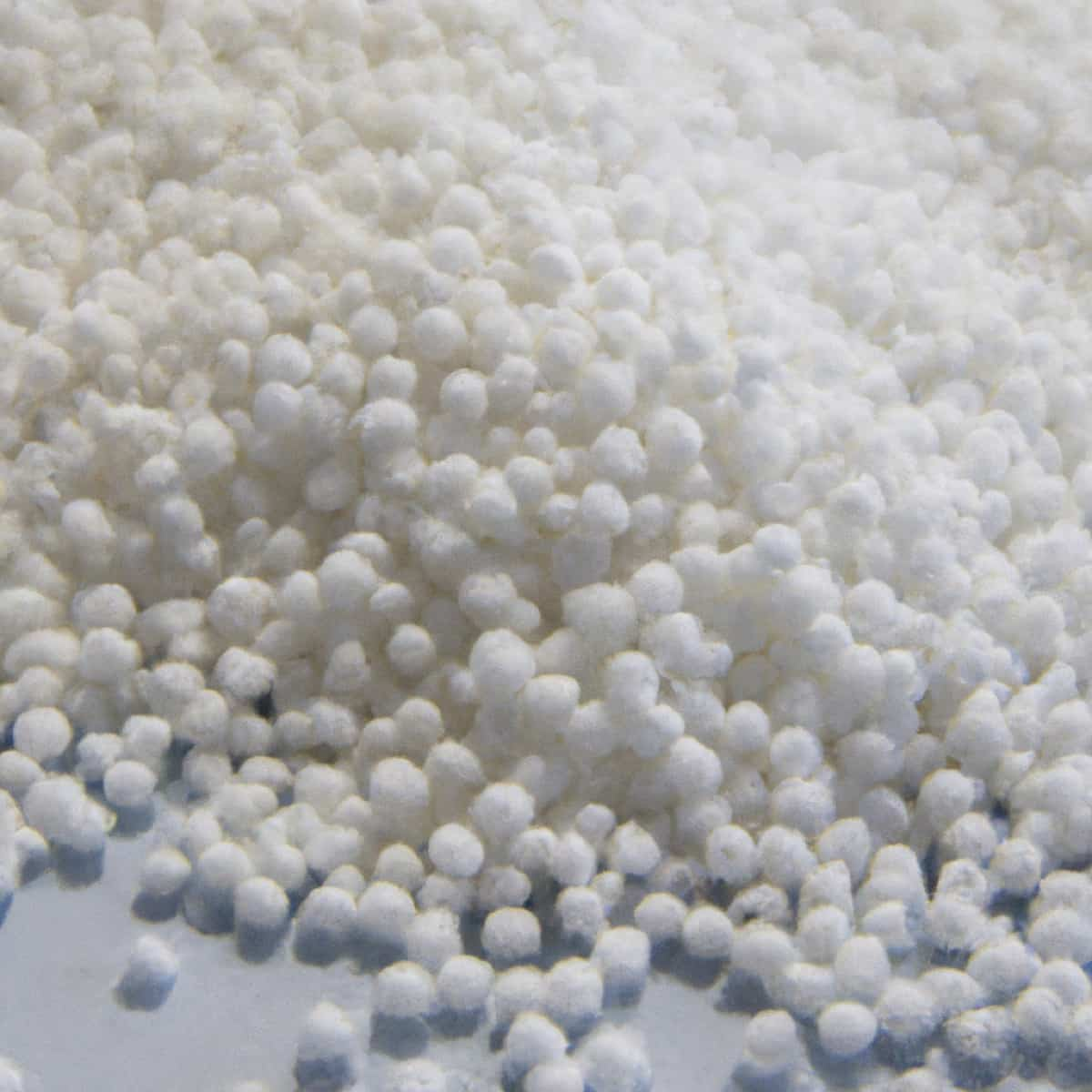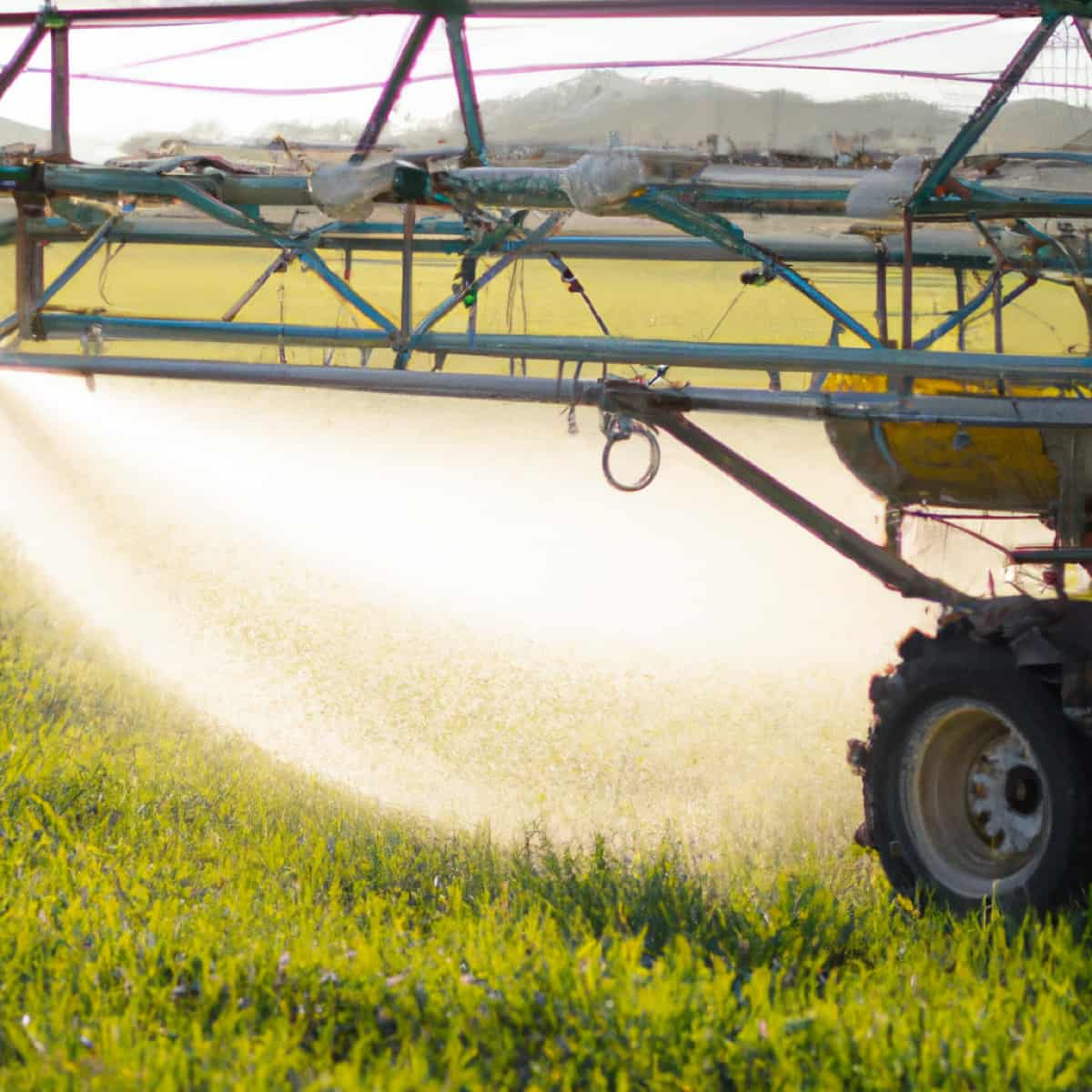Technology and techniques have helped farmers create more food than ever. Fertilizers, which nourish crops, have helped this success. The most widely used fertilizer is urea. Urea is water-soluble and easily taken by plants. It boosts plant growth, yields, and soil nutrients. Farmers like urea because it’s cheap, easy to move, and lasts long.

Urea’s importance in agriculture has grown as world food demand rises. Farmers must produce more food while reducing environmental effects as the population grows. Sustainable farming, including urea use, has grown. Urea has many benefits, but managing its environmental effect takes time and effort. Nitrogen pollution in waterways from excessive urea use harms aquatic habitats and contributes to climate change.
The Importance of Urea in Agriculture
What is Urea Fertilizer?
Urea fertilizer is a nitrogen fertilizer widely used in agriculture to provide nitrogen to plants. It is a white, crystalline substance that dissolves easily in water, making it simple to carry and apply to crops. Urea is a concentrated nitrogen supply, unlike other fertilizers such as phosphorous or potassium. Nitrogen is important for plant growth because it is needed to make chlorophyll, which is needed for photosynthesis to happen.
This procedure is critical for growing strong, healthy plants and producing high-quality crops. Urea reacts with ammonia with carbon dioxide, producing a 46% nitrogen substance. Farmers prefer it because it is relatively inexpensive, has a long shelf life, and is versatile enough to be used on various crops.
Why is Urea Fertilizer Important Among Fertilizers?
Urea fertilizer is often referred to as the king of fertilizers, and for a good reason. Its high nitrogen content, white crystalline composition, and versatility make it popular among farmers and gardeners. Urea fertilizer is composed of 46% nitrogen, making it one of the most concentrated sources of nitrogen available.
Nitrogen promotes plant growth, promoting the development of healthy, green foliage and supporting photosynthesis, which is essential for the production of carbohydrates and other important compounds. Moreover, urea is a neutral compound easily adapted to almost any soil type. This makes it a widely used fertilizer in the agriculture sector, where it is commonly used to promote the growth of various crops.
The Benefits of Urea in Agriculture
- Urea fertilizer has a slow-release characteristic, which means it releases nitrogen slowly over time, ensuring that plants receive a constant supply of nitrogen and reducing the risk of overfertilization or plant burning.
- Urea fertilizer is simple to manage and apply and can be applied in various ways, including broadcasting, top-dressing, and fertigation. It can also be combined with other fertilizers, providing producers a versatile and convenient option.
- Increases soil organic material and improves soil structure, water retention capacity, and nutrient availability for plants.
- Urea fertilizer is one of the most cost-effective agricultural nitrogen sources, making it a popular option among producers.
- Urea fertilizer can be utilized on various crops and soil types, including those sensitive to other fertilizers.
- Urea fertilizer is safe and environmentally benign, making it a viable option for farmers.
Disadvantages of Urea Fertilizers
First, urea is highly soluble in water and hygroscopic, which absorbs moisture from the air, causing aggregation and caking. A higher level of packaging quality is required to prevent waste, spillage, and contamination. Urea is not as stable as other solid nitrogenous fertilizers and decomposes rapidly, even at room temperature, resulting in significant nutrient loss. This is because urea hydrolyzes into highly volatile ammonia, dissipating into the atmosphere.
In case you missed it: Benefits of Using Seed Drills in Agriculture: For Efficient and Sustainable Crop Production

Therefore, farmers must administer urea at the proper time and quantity to prevent nutrient loss. In addition, urea containing more than 2 percent impurities cannot be used as a fertilizer because impurities are toxic to certain plants, particularly citrus. Additionally, the impurities may obstruct irrigation systems and damage soil structure, resulting in poor plant growth and yield.
Methods of Applying Urea
Timing of Application
When sowing or planting, urea fertilizer should be administered. It is essential to note that the fertilizer should not come into direct contact with the seedlings, as doing so could harm their health. Alternatively, it can be applied as a top dressing, incorporating it into the soil around the plants’ bases after they have become established. This ensures that plants can access nitrogen when they require it the most.
Dilution
Urea is a highly concentrated fertilizer; therefore, it must be diluted before application. Combining it with soil or grit is recommended to dilute its potency. This ensures the plants receive the appropriate quantity of nitrogen and prevents the fertilizer from damaging the plants or soil.
Moisture
Urea fertilizer should not be applied when the soil contains free water or is likely to remain moist for three or four days following application. Urea dissolves in water and can be readily washed away before plants absorb it. In addition, applying urea to damp soil can produce ammonia gas, which is detrimental to plants and the environment.
Guidelines for Mixing Urea with Other Fertilizers
Urea is compatible with mono ammonium phosphate and diammonium phosphate for fertilizer blending. However, it is imperative only to mix urea with superphosphate if it will be utilized promptly. This is because urea and superphosphate can react, resulting in the discharge of water molecules. Therefore, it is best to manage urea and superphosphate separately and only combine them when the mixture is used immediately.
Uses of Urea
Urea has a wide range of uses across different industries. In agriculture, it is primarily used as a nitrogen-release fertilizer to improve crop yields, but it can also be pretreated to improve its efficacy. In the chemical industry, urea is used to produce plastics, adhesives, and other materials.
In automobiles, it is used to reduce NOx pollutants in exhaust gases, while in medicine, urea is found in topical dermatological products and used in some medical procedures. Urea also has laboratory applications as a hydrogen source and protein denaturant. Used as a safe, non-corrosive de-icing agent and an affordable nitrogen source in animal feed. Additionally, urea is used as an ingredient in dish soap.
In case you missed it: Biochar in Agriculture: How it Enrich the Soils and Increases the Crop Yields

Conclusion
Urea plays an important part in agriculture by supplying crops with nitrogen, resulting in increased crop yields and more sustainable agricultural practices. The correct application and storage of urea can assist producers in optimizing its use, resulting in higher-quality produce and a cleaner environment.
- Feed Your Flock for Less: Top 10 Tips to Save on Chicken Feed
- Ultimate Guide to Ossabaw Island Hog: Breeding, Raising, Diet, and Care
- Hatching Answers: The Top 10 Reasons Your Chickens Aren’t Laying Eggs
- Eggs and Economics: Breaking Down the Cost of Raising Backyard Chickens
- Defend Your Greens: Proven Methods to Keep Iguanas Out of Your Garden
- Ultimate Guide to Cinnamon Queen Chicken: A Comprehensive Guide for Beginners
- Ultimate Guide to California Tan Chicken: Breeding, Raising, Diet, Egg-Production and Care
- Ultimate Guide to Marsh Daisy Chicken: Breeding, Raising, Diet, and Care
- 10 Types of Chicken Farming Businesses You Can Start for Profits